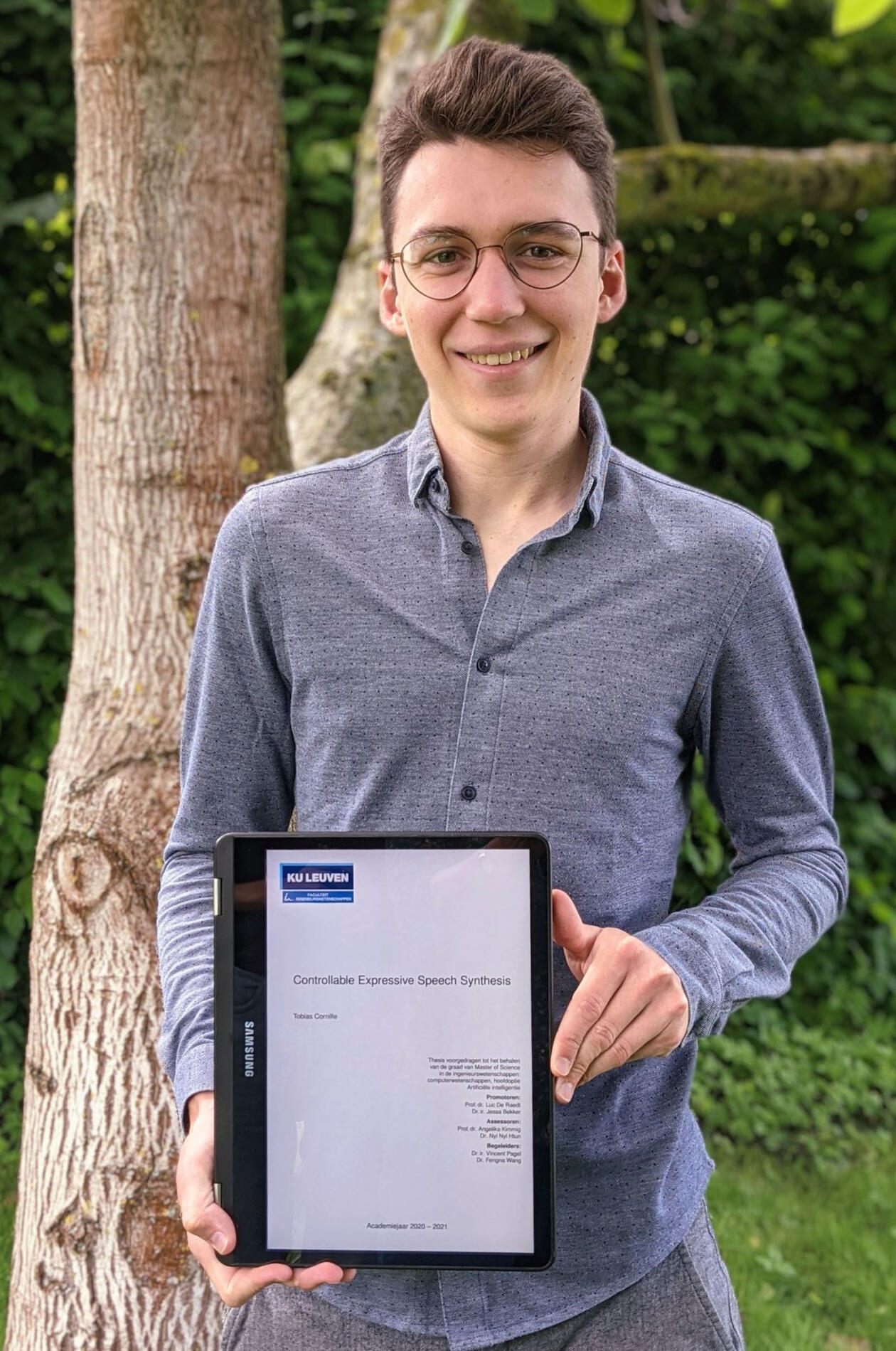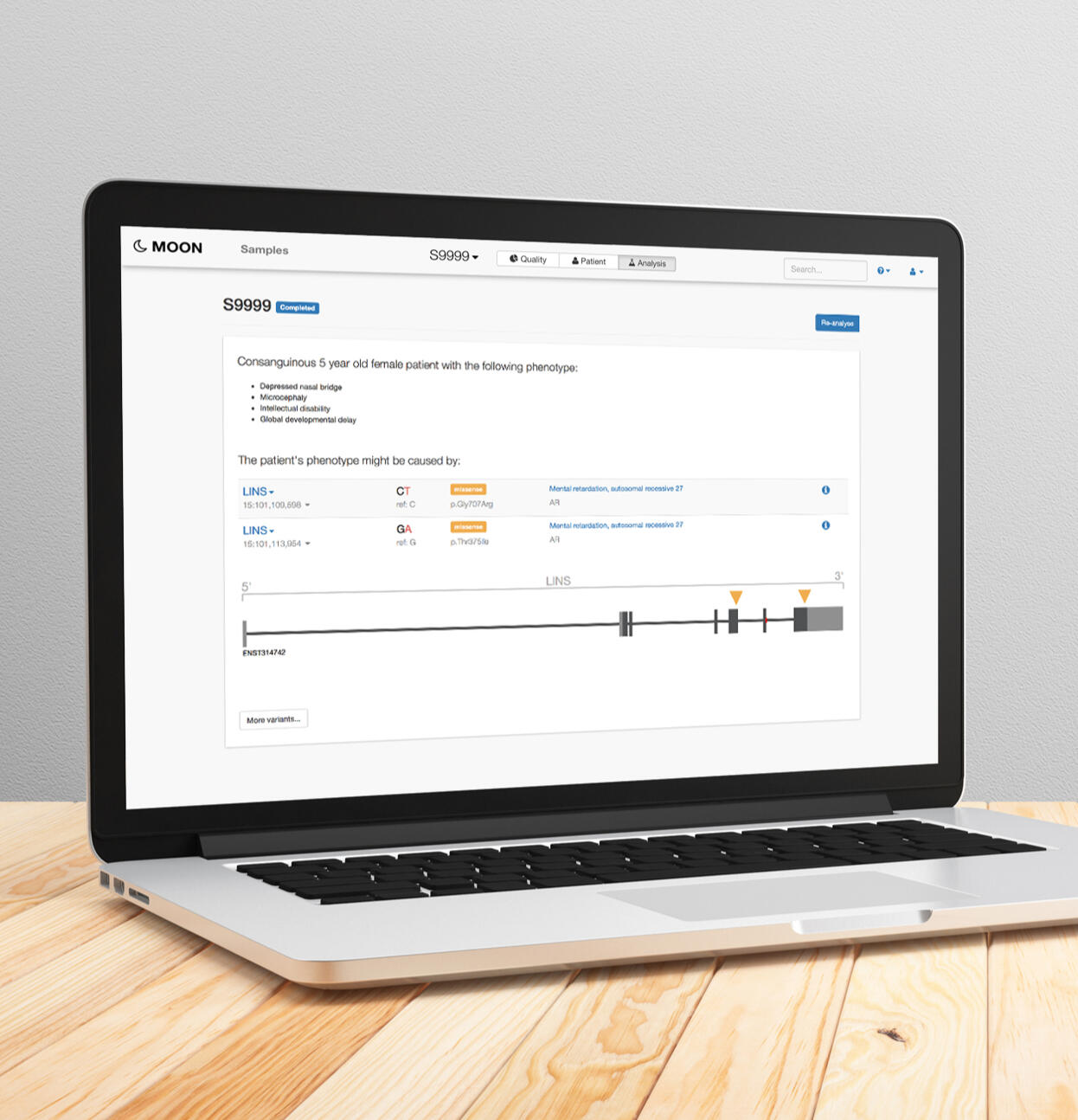Selected projects

OS for Construction Robots
Monumental
Monumental makes robots that autonomously construct buildings. We are currently developing and manufacturing our autonomous bricklaying system. I've been working at Monumental since 2024 and have been mostly working on Atrium, our operating system for construction robotics.
TypeScript Rust
Multi-Sensor Data Labeling Platform
Segments.ai
Segments.ai offers a data labeling platform for robotics and AV companies. I joined them just after they went through YC W21 as their first employee. I created Segments.ai's 3D labeling suite, and also worked on ML-powered image segmentation tools. Segments.ai was acquired by Uber in 2025.
A full-featured labeling interface for 3D and multi-sensor data, built with Three.js and Vue
Created Autosegment, an AI segmentation tool, and Panoptic-SAM, a pipeline for using Segment Anything for panoptic segmentation
Developed and deployed a point cloud processing service using Docker, AWS Step Functions, AWS Lambda, and AWS Batch
Wrote several blog posts on computer vision, machine learning, and 3D web development, some of which were featured on Hugging Face, Weights & Biases, and codrops
Redesigned the web platform's UI with a focus on simplicity
Vue Three.js Python Django Hugging Face AWS


Expressive Speech Synthesis
KU Leuven - Acapela Group
For my Master's thesis, I developed ConEx, a text-to-speech model that can produce speech in a certain speaking style, while also allowing local prosody adjustments. ConEx builds on a powerful Transformer-based TTS architecture, but adds a reference encoder to learn global prosody embeddings, and a VQ-VAE to create fine-grained prosody embeddings. I also proposed a new method to edit prosody locally. After training the model, I showed that the model enables multi-level prosody control by performing experiments on two datasets.The thesis received a grade of 19/20. It also made it to the finals of the EOS prize, the prize for the best scientific thesis in Flanders. Furthermore, the thesis was the basis of a paper titled Interactive Multi-Level Prosody Control for Expressive Speech Synthesis, which I wrote in collaboration with my thesis supervisors. It was published at ICASSP 2022, the leading conference on acoustics, speech and signal processing.
PyTorch ESPNet
Biomedical Data & NLP
Invitae
In 2020, I worked at Invitae as a full-stack intern. More specifically, I worked on parts of Moon, which is an AI tool that diagnoses rare diseases from genetic sequence data.My first project involved extracting data from biomedical databases, transforming the data, and then extending a part of the UI to visualize the data.Secondly, I improved a text labeling algorithm that helps employees process academic papers more quickly. I ran experiments and implemented an improved machine learning algorithm in Python using the spaCy and Hugging Face. At the end of my internship, we successfully deployed the improved service.
spaCy pandas Ruby on Rails Hugging Face


Cross-Platform App for The Telegraph
Twipe Digital Publishing
In 2019, I worked as a front-end intern at Twipe, a company developing digital solutions for leading newspaper publishers. During my internship, I worked on a new app for the Telegraph written in React Native. The mobile engineering for this project consisted of one colleague and myself. I thus had a lot of responsibility as an intern and got to write production code from day one. This allowed me to learn and grow quickly as a professional developer.
React Native Redux TypeScript
Education
MSc Computer Science
KU Leuven
Major in Artificial Intelligence
Graduated Summa Cum Laude
2019 - 2021
Erasmus+ Exchange
Técnico Lisboa
2019 - 2020
BSc Informatica
KU Leuven
Graduated Magna Cum Laude
2016 - 2019
Volunteering
Hackathon Organizer
Academics For Technology
Main organizer of WhatTheHack, the biggest student hackathon of Belgium (~250 participants).
2017 - 2019
Marketing
Academics For Technology
Implemented a strong marketing strategy. Designed marketing material and created a style guide.
2020 - 2021
Member
BEST Lisbon
Member of a European student organisation, helping with graphic design and event organization.
2019 - 2020